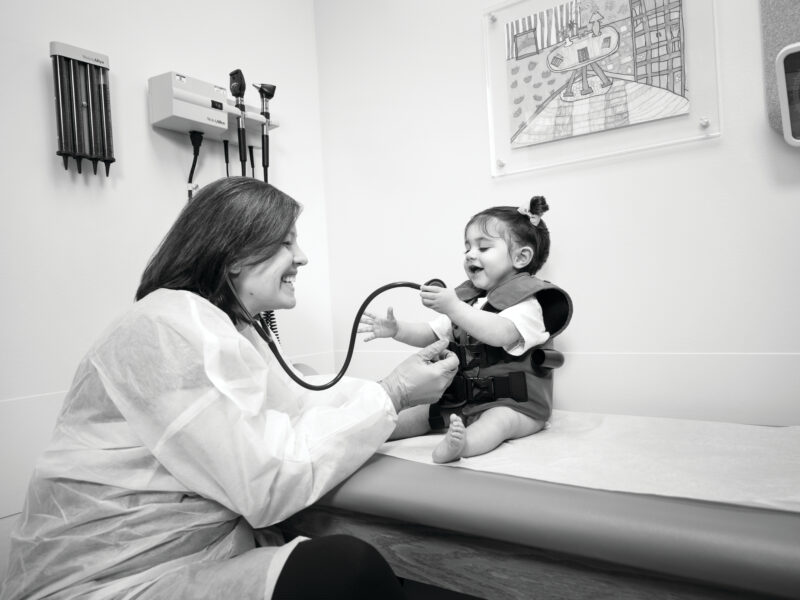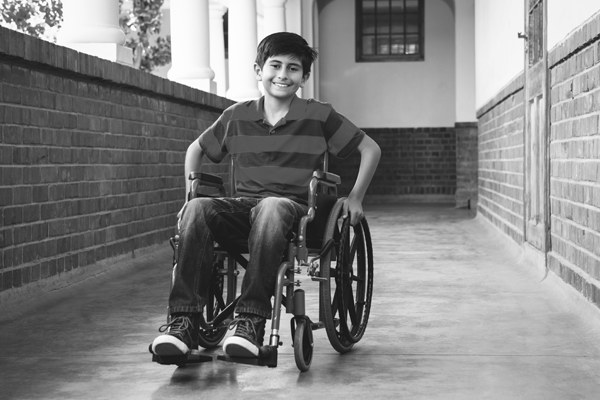Expanding Use of Trikafta for Cystic Fibrosis to Patients as Young as 2 Years Old
Expanding Use of Trikafta for Cystic Fibrosis to Patients as Young as 2 Years Old https://pediatricsnationwide.org/wp-content/uploads/2021/08/MicrosoftTeams-image-1-1024x683.jpg 1024 683 Karen McCoy, MD Karen McCoy, MD https://secure.gravatar.com/avatar/?s=96&d=mm&r=g- August 02, 2023
- Karen McCoy, MD

When I first started my pulmonary training, the average life expectancy in the United States was about 70 years, and the average life expectancy for someone with cystic fibrosis (CF) was 14 years! Intense study and pursuit of consistent care across the country yielded improvements. By 2010, with standards of treatment very consistent and implementation of the findings of several clinical trials, the average life expectancy for people with CF had increased to about 40. In 2017, the median life expectancy was 44 years and had risen to 56 years in 2022.
This rapid and dramatic increase is the result of new modulator therapies.
Here in the Division of Pulmonary and Sleep Medicine at Nationwide Children’s Hospital, we have been involved in most of the modulator trials in CF since 2010. We knew within a day that this was a powerful treatment. In most people with CF, Trikafta improves lung function, overall well-being and nutrition. While on Trikafta, the most recently approved therapy, patients are often able to gradually reduce or remove some of the burdensome treatments.
In 2021, the FDA approved Trikafta for those with eligible genes to include the 6- to 11-year-old group. In April 2023, FDA approval was granted for people with CF as young as 2 years old. At younger ages, lung disease is mostly mild and damage to the airways is expected to be more reversible. If that is realized, the life expectancy of people with CF in the United States could soon match the rest of the US population, which currently is 79 years!
New Treatments Are Changing Life Expectancy
In 2012, the first highly effective modulator (HEMT), Kalydeco (also known as ivacaftor) for certain CF genes was approved by the Food and Drug Administration (FDA), but it only targets about 10% of the population.
Two additional modulators, Orkambi (a combination of ivacaftor and lumacaftor) and Symdeko (a combination of ivacaftor and tezacaftor) were approved in 2015 and 2018, respectively. These did not have the performance seen with ivacaftor because the genes targeted (F508del) had more complicated malfunctions.
In late 2019, a fourth modulator Trikafta (a combination of ivacaftor, tezacaftor and elexacaftor) was approved. This therapy performs as a HEMT in those eligible. Most exciting, about 90% of people with CF in the United States are eligible for this drug. At that time, the drug was approved for those with eligible genes and 12 years or older. For the people with CF who receive this medication, the results are life changing.
Prompt Diagnosis of CF Is Critical
CF is a genetic disease (both parents must contribute an abnormal gene). These genes may cause a certain protein, cystic fibrosis transmembrane regulator (CFTR), to be malformed or even absent. People who have an abnormal CFTR from each parent, have CF, though there may be more subtle symptoms in some individuals.
In the United States, this condition might be picked up on newborn screening, which looks for the most common gene variants. Some states such as New York, California, and Florida have expanded their group of newborn screening for more CF mutations. Because newborn screening isn’t inclusive of all genes or variants, CF still needs to be on the radar for all general physicians to trigger prompt testing at an accredited CF center. Classic symptoms of CF include frequent respiratory infections, digital clubbing, chronic cough, frequent stools, and poor weight gain, particularly with good nutrient intake.
Making Best Outcomes Available for Everyone
The data I’ve shared has been focused on United States populations. But sadly, we are not as far along globally. Trikafta is not widely available outside of North America, Europe (where it is called Kaftrio) and Australia.
In addition to the limited availability of the newest medications, early diagnosis is not necessarily available for everyone. Children with CF may die in infancy without a diagnosis. We believe that our investigation of these populations needs to increase. With additional research, we may find some of the genes to help with diagnosis and allow for prompt, appropriate clinical management.
Finally, even with the benefits of HEMT, we are dedicated to continued research to advance care. Our hope is that someday, CF will stand for Cure Found.
Image credit: Adobe Stock
About the author
-
This author does not have any more posts.
- Post Tags:
- Cystic Fibrosis
- Pulmonary Medicine
- Posted In:
- Clinical Updates
- In Brief
- Second Opinions





